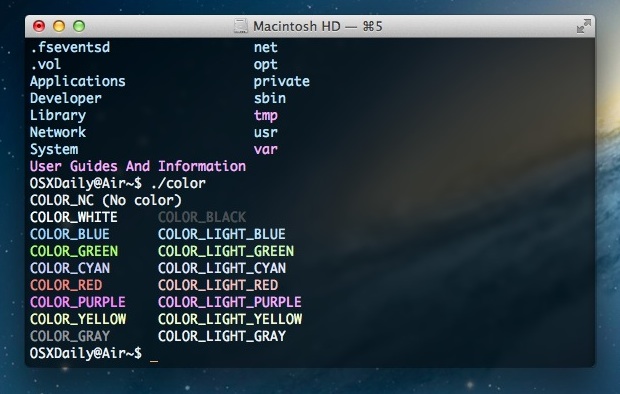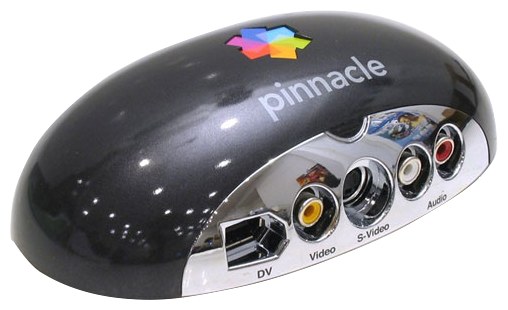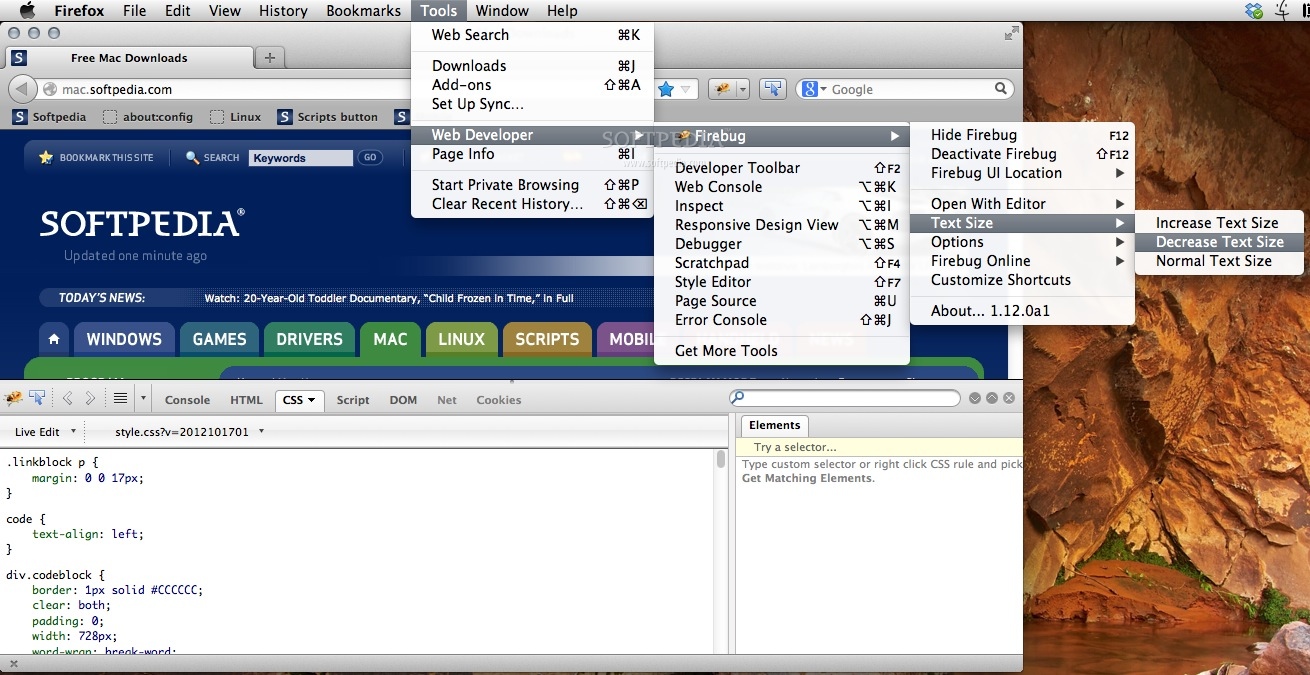by Chiamaka Ikeanyi
Amora is one of the best themes out there and it’s easily one of the most authentic themes. Install Homebrew. Homebrew is a free and open-source software package management system. Mac OS X Theme is a product developed by Wincustomize.This site is not directly affiliated with Wincustomize.All trademarks, registered trademarks, product names and company names or logos mentioned herein are the property of their respective owners. Open the Terminal.app. Select 'Terminal' Menu then 'Preferences.' Select the 'Profiles' tab (labelled 'Settings' before Yosemite) Click and highlight a theme listed under Profiles. Press the 'Default' button near the bottom of the window. Open a new Terminal window, it should now have the theme that you selected as the new default. Mac OS X Ultimate Theme: Extract the contents of Mac OS X theme (two folders and two.theme files) to the C: Windows Resources Themes folder of your PC. Theme Activation: Run a Mac OS X Ultimate.theme file that you just pasted and voila! Your theme should be active. If nothing’s happened, go back to the patching tutorial and do Step 4.b.
Sometimes, using the default terminal sucks. You want to go out of the ordinary, to add life to the boring terminal and improve your productivity.
Z shell (Zsh) is a Unix shell built on top of bash (the default shell for macOS) with a large number of improvements.
In this walk-through, we will configure iTerm2 with ZSH and its dependencies. This is a no-brainer, and after this, you’ll ponder the reason for not discovering ZSH earlier. Well, since you’re here already, let’s kick-start this.
Keynotes
- Homebrew installation
- iTerm2 installation
- ZSH and Oh My ZSH installations
- Setting up the dependencies to create a beautiful terminal
Step 1: Install Homebrew
Homebrew is a free and open-source software package management system that simplifies the installation of software on Apple’s macOS.
Before installing Homebrew, we need to install the CLI tools for Xcode. Open your terminal and run the command:
If you get an error, run xcode-select -r to reset xcode-select.
Then, install Homebrew.
Step 2: Install iTerm2
iTerm2 is a replacement for terminal and the successor to iTerm. Most software engineers prefer iTerm2 over the default terminal that ships with macOS as a result of its cool features. You can integrate zsh into iTerm2 to increase productivity.
To install iTerm2, run the command:
Step 3: Install ZSH
Zsh is a shell designed for interactive use, although it is also a powerful scripting language.
By default, macOs ships with zsh located in/bin/zsh.
Let’s install zsh using brew and make iTerm2 use it.
Step 4: Install Oh My Zsh
“Oh My Zsh is an open source, community-driven framework for managing your zsh configuration. It will not make you a 10x developer…but you might feel like one”
— Robby Russell
It runs on Zsh to provide cool features configurable within the ~/.zhrc config file. Install Oh My Zsh by running the command
Check the installed version
You can upgrade it to get the latest features it offers.
Restart iTerm2 to dive into the new experience of using Zsh. Welcome to the “Oh My Zsh” world ?.
That’s not all. Now, we will install the dependencies to get the best out of Zsh.
Step 5: Change the Default Theme
Oh My Zsh comes bundled with a lot of themes. The default theme is robbyrussell, but you can change it to any theme of your choice. In this scenario, I changed it to agnoster, an already pre-installed theme.
You then need to select this theme in your ~/.zshrc. To open the config file (.zshrc), run the command:
Or open the file in a text editor with
Set the zsh theme and update your changes
Using a Custom Theme
To install another theme not pre-installed, clone the repository into custom/themesdirectory. In this scenario, we’ll install powerlevel9k,

Then, select this theme in your ~/.zshrc
Update your changes by running the command source ~/.zshrc
Navigate to iTerm2 > Preferences > Profiles > Colors if you wish to change the background color of the terminal.
The selected theme in this scenario requires powerline fonts. So, let’s install that.
Step 6: Install Fonts
I will be using Inconsolata. Get your preferred font out of these powerline fonts. Then, download and install it.
Or download the entire font.
To change the font, navigate to iTerm2 > Preferences > Profiles > Text > Change Font.

Now, you can see Inconsolata listed as one of the fonts. Select your preferred font. For fonts that support ligatures like FiraCode, check the “Use ligatures” option to view your arrows and other operators in a stylish manner like ( → ).
Step 7: Install Color Scheme
Let’s change the color scheme to bring out the beauty of our terminal. Navigate to iTerm2-Color-Schemes and download the ZIP folder. Then, extract the downloaded folder cos what we need resides in the schemes folder.
Navigate to iTerm2 > Preferences > Profile > Colors > Color Presets > Import
- Navigate to the schemes folder and select your preferred color schemes to import them.
- Click on a specific color scheme to activate it. In this scenario, I activated Batman which is my preferred color scheme.
Tada! ? We’re done with the basic settings.
Terminal Mac Download
Step 8: Install Plugins
Oh My ZSH comes preloaded with a git plugin. To add more, for instance, docker, auto-suggestion, syntax highlighting and more:
- Clone the Git repository
- Head over to
.oh-my-zsh > custom > pluginsdirectory to view the cloned directory. To access this, run the commandopen ~/.oh-my-zsh - Add the plugin to the plugin section of the config file
~/.zshrcshown below - Update your changes by running the command
source ~/.zshrc
Step 9: Add Aliases
Aliases are shortcuts used to reduce the time spent on typing commands. Add aliases to commands you run in the section shown below.
Thanks for reading.
If you know about other means of improving productivity using ZSH, you can drop them on the comment section, I will be glad to hear from you.
I am spending a lot of time on the command line for the daily development work. I decided to install iTerm2 terminal as an alternative terminal for Mac OS because the default terminal app does not offer rich and powerful features to make my development life easier. So I decided to install advanced alternative terminal to replace Mac OS default terminal.
Before you install iTerm2, please refer its features on their website.
If you happy it’s features and power, you can download the iTerm2 from the following link. Alternatively, you can use Homebrew package manager to install this package.
Install iTerm2 terminal
After download iTerm2 installation file, simply drag and drop into the Applications folder to install iterm2 terminal app. Now you can launch iTerm, through the Launchpad for verifying the installation.
Alternatively, you can install iTerms2 via Homebrew package manager. Once you install the package using Homebrew, you will be able to launch iTerm2 via Mac Launchpad.
When you open iTerm2, it’s looks and feel not that pretty impressed by the first look. You need to follow few more steps to get the look you preferred. You can completely change its looks and feel by customizing default features.
Let’s just quickly change some preferences.
Remove computer name and username from the terminal’s bash prompt
Open iTerms2 “Preferences” configurations box. Then click on “Profiles” tab and select “General” tab.
iTerm2 -> Preferences ->Profiles -> General
Add following text under “Send text at start:” text input.
Close the “Preferences” box and reopen iTerm2 terminal and you will be able to see bash prompt without the computer name and username.
Change default colour theme and fonts
You can download more colour themes to install iterm2 terminal from this web site. http://iterm2colorschemes.com/
Download the zip file and unzip it for the preparation of the next step. Now open the “Preferences” settings window.
You can create a different profile other than Default if you wish to do so. I created a new profile for adding custom settings to the iTerm2.
Open iTerms2 “Preferences” configurations box. Then click on “Profiles” tab and select “Colours” tab.
 Pinnacle Studio is a unique non-linear video editing software aimed at the Windows consumer market. So there is no Pinnacle Studio for Mac users. However, there is no need to be upset. There are many Pinnacle for Mac alternatives.
Pinnacle Studio is a unique non-linear video editing software aimed at the Windows consumer market. So there is no Pinnacle Studio for Mac users. However, there is no need to be upset. There are many Pinnacle for Mac alternatives.
iTerm2 -> Preferences ->Profiles -> Colours
Now click on “Colour Preset” drop-down and click on “Import” option. Navigate to the “schemes” folder previously unzipped colour profile folder. Then select your preferred colour themes and selected colour themes will be added to the “Colour Preset” drop-down after installing.
Now reopen iTerms terminal and see the effect of the new colour theme.
Once I customize iTerm2 colour theme still I did not see expected nicer interface. I decided to install Oh-My-Zsh to add more features.
Before install Oh-My-Zsh, you need to remove the previously modified text input in the iTerm2 preferences.
Because of Oh-My-Zsh, follow the different approach to remove the user@your_machine name from your bash prompt.
Oh-My-Zsh is an open source, the community-driven framework for managing your ZSH configuration. It comes bundled with a ton of helpful functions, helpers, plugins, themes,
Install Oh-My-Zsh
It’s a good idea to backup your existing ~/.zshrc file before installing Oh-My-Zsh.
Now you can use the following command on your terminal to install Oh-My-Zsh. You will be able to find more details on their website.
Now you almost have better terminal compared to default one. I decided to use “Agnoster” theme with the Oh-My-Zsh.
You can find many available themes for Oh-My-Zsh here. Before you enable “Agnoster” theme, you need to install Powerline fonts.
After installation completed edit ~/.zshrc and set ZSH_THEME=”agnoster”
After enabling “Agnoster” theme, you may be able to see broken fonts on the iTerm2, follow this GIT issue for fixing this fonts issue.
Users need to set both the Regular font and the Non-ASCII Font in “iTerm > Preferences > Profiles > Text” to use a patched font.
Now you may need to remove user@your_machine name from your bash prompt. Add following lines to your “.zshrc” configuration file and restart your iTerm2 terminal.
After you done all the above customizations, you can find your iTerm2terminall as following.
How to enable packages on Oh-My-Zsh
Oh-My-Zsh by default comes with lots of plugins to take advantage of. You can take a look in the plugins directory to see what’s currently available.
Mac Terminal Style
Once you spot a plugin (or several) that you’d like to use with Oh-My-Zsh, you’ll need to enable them in the .zshrc file.
Theme For Terminal Mac Os Copy Files
I have enabled following plugins in my configuration file.
How to upgrade Oh-My-Zsh
If you need to upgrade you just run following command on your terminal.
How to uninstall iTerm2 terminal
Uninstalling Oh My Zsh
Theme Terminal Mac Os
If you decided to uninstall iTerm2, first remove the Oh-My-Zsh theme. This will revert back your original zsh configurations.
If you want to uninstall oh-my-zsh, just run uninstall_oh_my_zsh from the command-line. It will remove itself and revert your previous bash or zsh configuration.
Uninstall iTerm2
If you install iTerm2 terminal vis Homebrew package manager, just type the following command on your terminal.
 Download Mozilla Firefox, a free Web browser. Firefox is created by a global non-profit dedicated to putting individuals in control online. Get Firefox for Windows, macOS, Linux, Android and iOS today!
Download Mozilla Firefox, a free Web browser. Firefox is created by a global non-profit dedicated to putting individuals in control online. Get Firefox for Windows, macOS, Linux, Android and iOS today!
If you download installer file from directly from their website, you just need to trash it from “Application” folder. Mac os x vmware image.
I hope you will enjoy the features of iTerm2 terminal and Oh-My-Zsh. Please comment your thoughts below.
